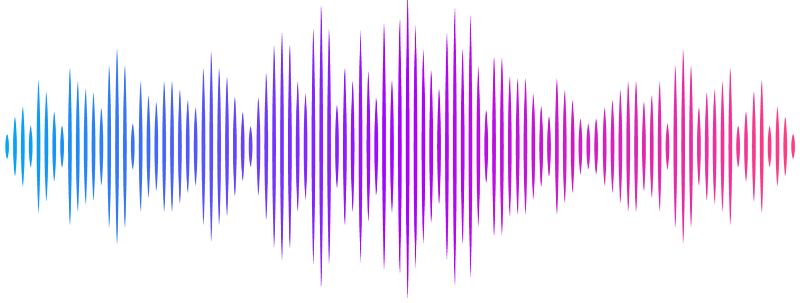Human sleep spindles track experimentally excited brain circuits

Human sleep spindles track experimentally excited brain circuits
Thom, J. L.; Staresina, B. P.
AbstractSpindles are hallmark oscillations during non-rapid-eye-movement (NREM) sleep. Together with slow oscillations (SOs), they are thought to play a mechanistic role in the consolidation of learned information. The quantity and spatial distribution of spindles has been linked to brain activity during learning before sleep and to memory performance after sleep. If spindles are drawn to cortical areas excited through pre-sleep learning tasks, this begs the question whether the spatial distribution of spindles is flexible, and whether their regional expression can also be manipulated with experimental brain stimulation. We used excitatory transcranial direct current stimulation (tDCS) to stimulate the left and right motor cortex in a repeated-measures experimental design. After stimulation, we recorded high-density electroencephalography (EEG) during sleep to test how local stimulation modulated the regional expression of sleep spindles. Indeed, we show that excitatory tDCS of local cortical sites before sleep biases the expression of spindles to the excited locations during subsequent sleep. No effects of localised tDCS excitation were seen for SOs. These results demonstrate that the spatial topography of sleep spindles is neither hard-wired nor random, with spindles being flexibly directed to exogenously excited cortical circuits.